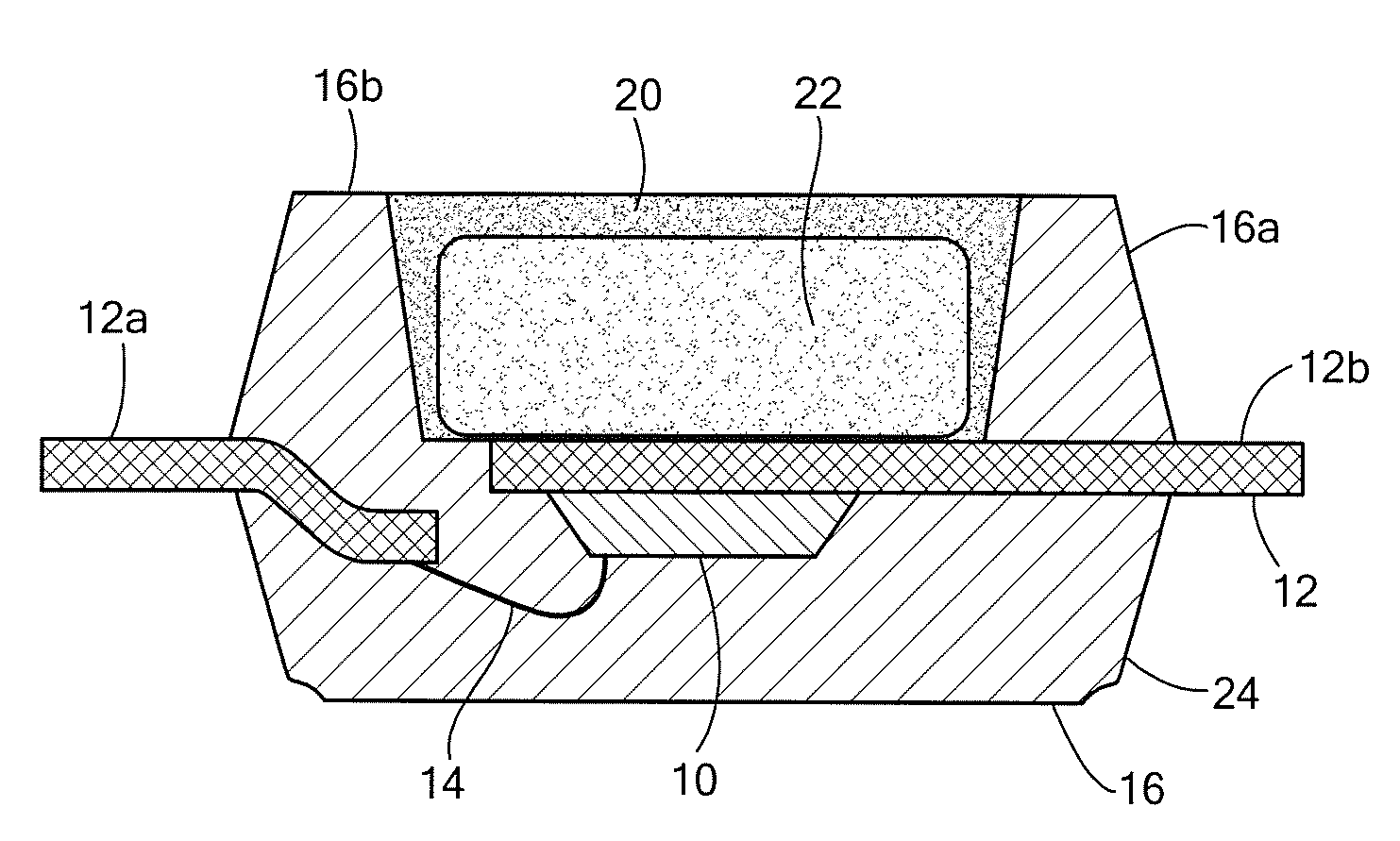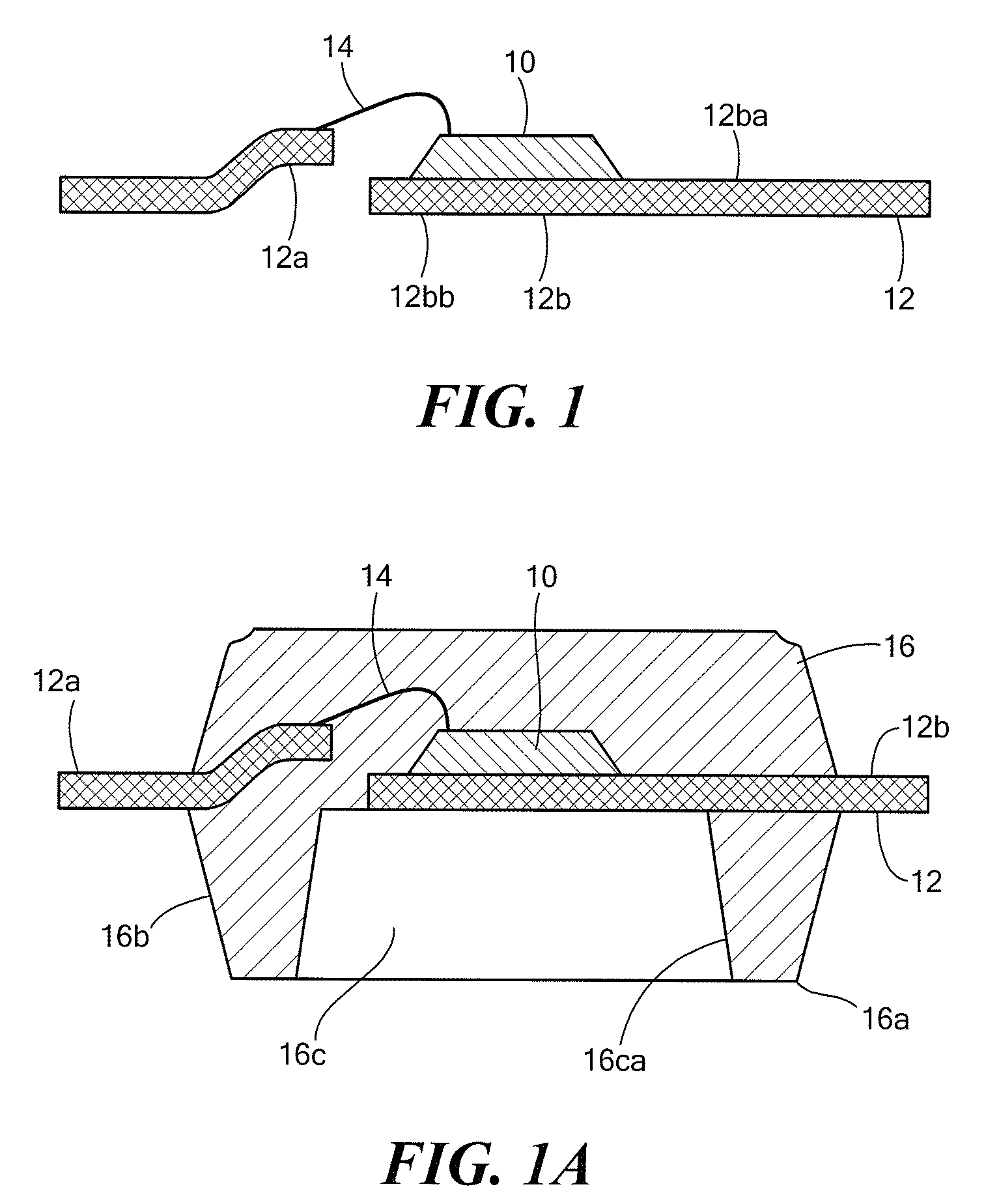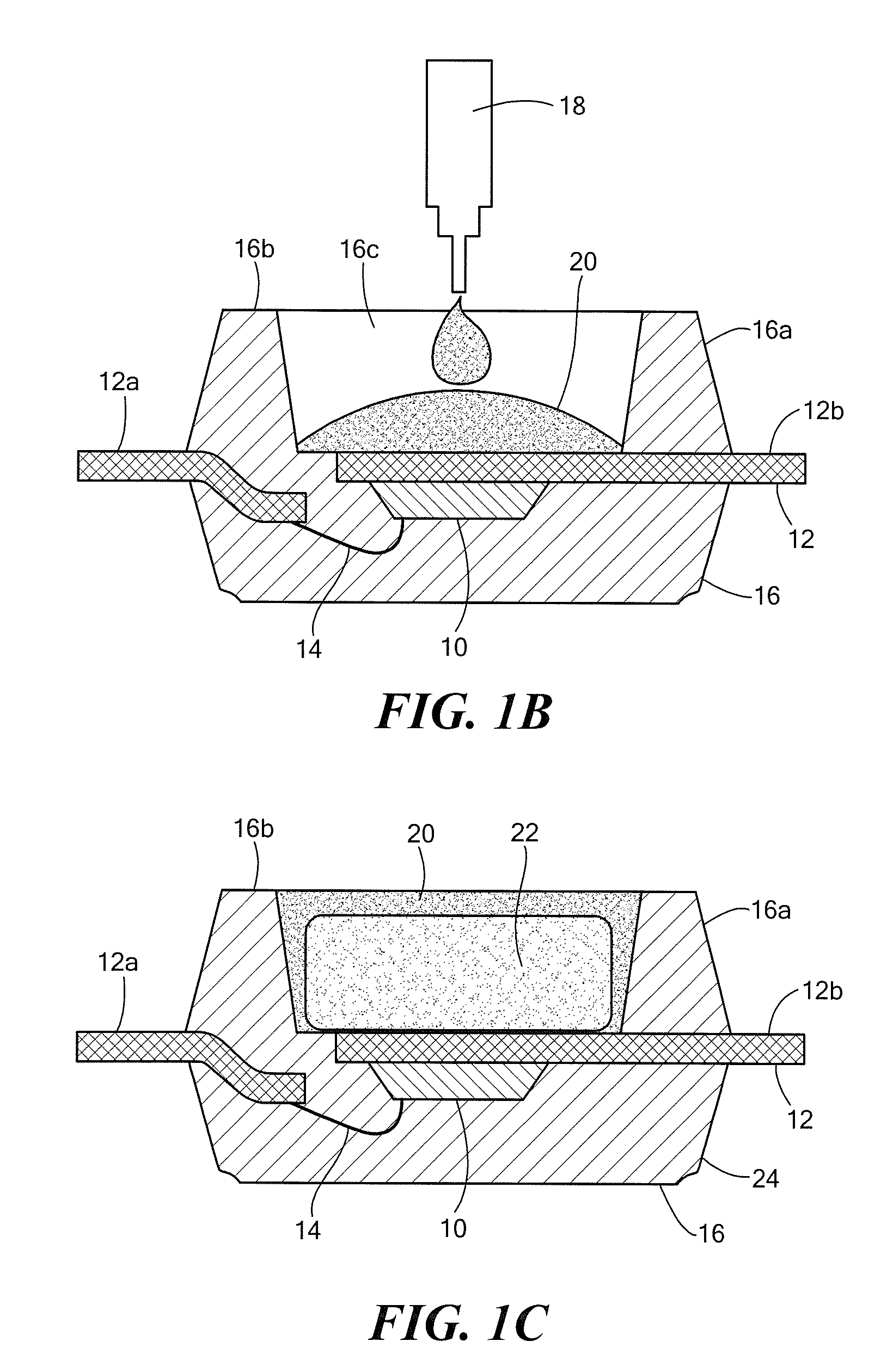Magnetic Field Sensors and Methods for Fabricating the Magnetic Field Sensors
a magnetic field sensor and magnetic field technology, applied in the field of magnetic field sensors, can solve the problems of increasing the difficulty of accurately analysing the output reducing the accuracy of hall effect elements, so as to avoid an excessive increase in the effective air gap, avoid the loss of costly magnets, and ensure the effect of accuracy
- Summary
- Abstract
- Description
- Claims
- Application Information
AI Technical Summary
Benefits of technology
Problems solved by technology
Method used
Image
Examples
Embodiment Construction
[0034]Before describing the present invention, some introductory concepts and terminology are explained. As used herein, the term “magnetic field sensor” is used to describe a circuit that includes a “magnetic field sensing element.” Magnetic field sensors are used in a variety of applications, including, but not limited to, a current sensor that senses a magnetic field generated by a current flowing in a current conductor, a magnetic switch or “proximity detector” that senses the proximity of a ferromagnetic object, a proximity detector that senses passing ferromagnetic articles, for example, magnetic domains of a ring magnet or gear teeth, and a magnetic field sensor that senses a magnetic field density of a magnetic field.
[0035]While magnetic field sensing elements are shown and described below to be Hall effect elements, in other arrangements, the magnetic field sensing elements can be, but are not limited to, Hall effect elements, magnetoresistance elements, or magnetotransisto...
PUM
| Property | Measurement | Unit |
|---|---|---|
| magnetic field | aaaaa | aaaaa |
| strength | aaaaa | aaaaa |
| flux density | aaaaa | aaaaa |
Abstract
Description
Claims
Application Information
 Login to View More
Login to View More - R&D
- Intellectual Property
- Life Sciences
- Materials
- Tech Scout
- Unparalleled Data Quality
- Higher Quality Content
- 60% Fewer Hallucinations
Browse by: Latest US Patents, China's latest patents, Technical Efficacy Thesaurus, Application Domain, Technology Topic, Popular Technical Reports.
© 2025 PatSnap. All rights reserved.Legal|Privacy policy|Modern Slavery Act Transparency Statement|Sitemap|About US| Contact US: help@patsnap.com



